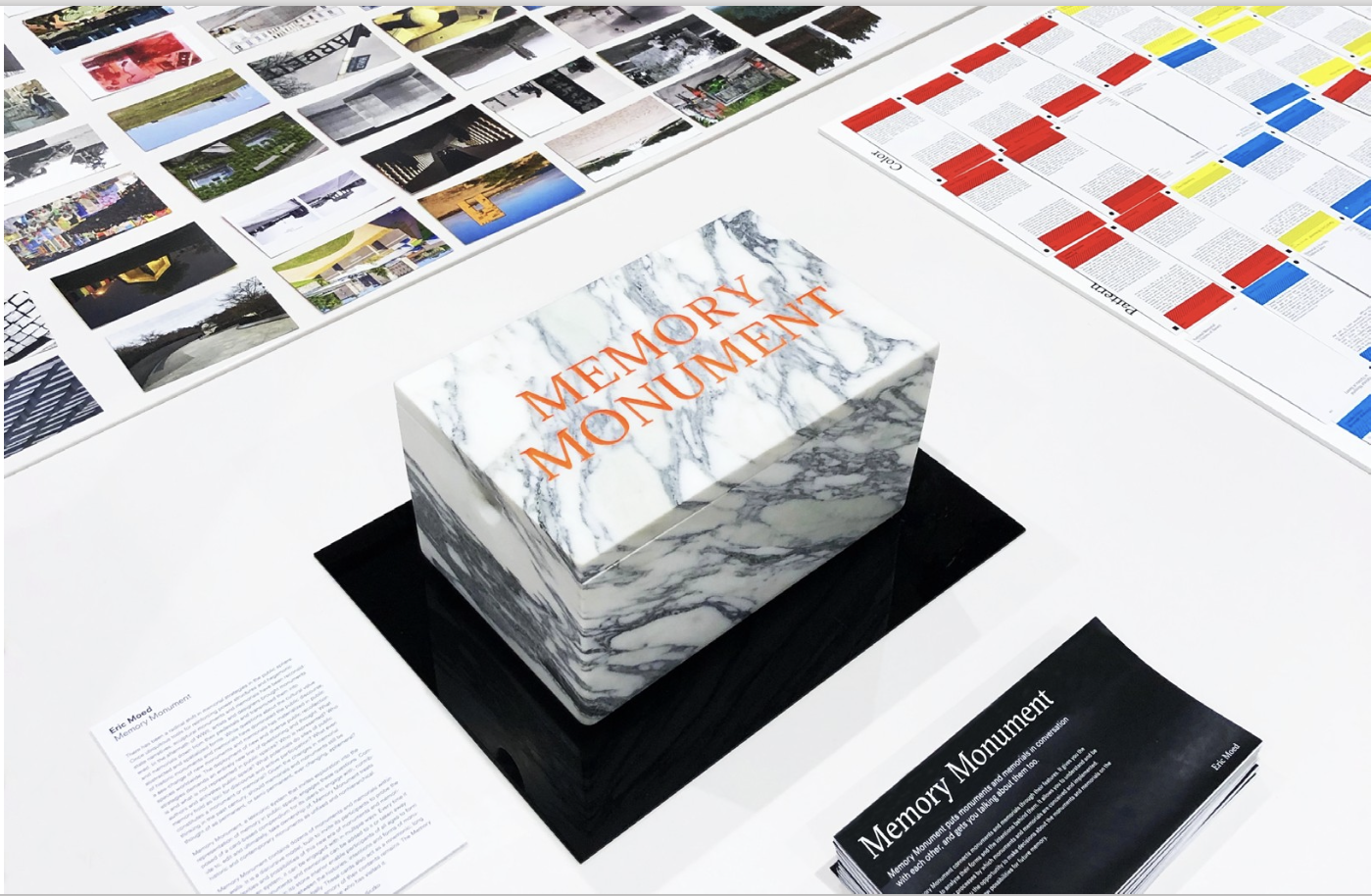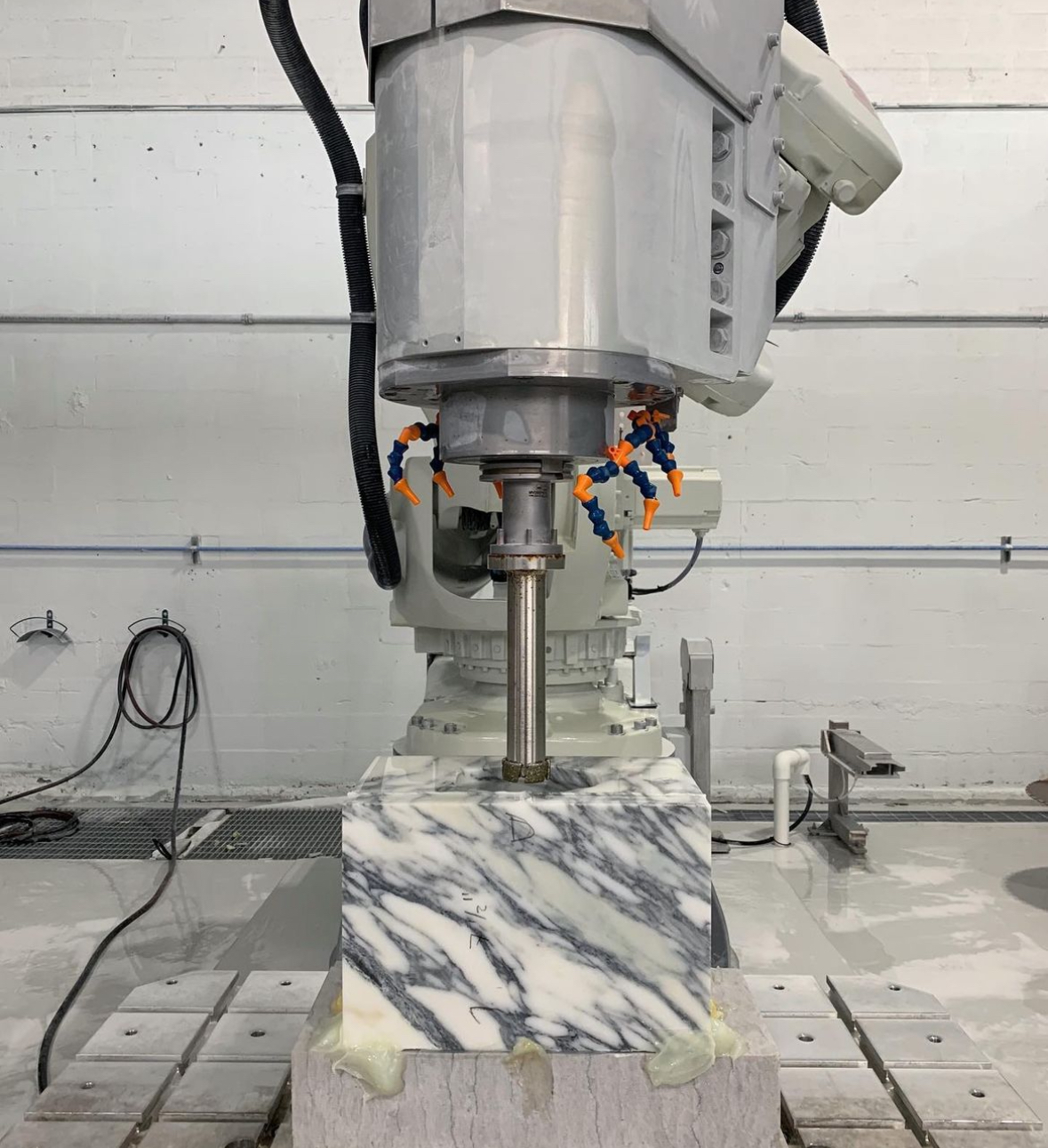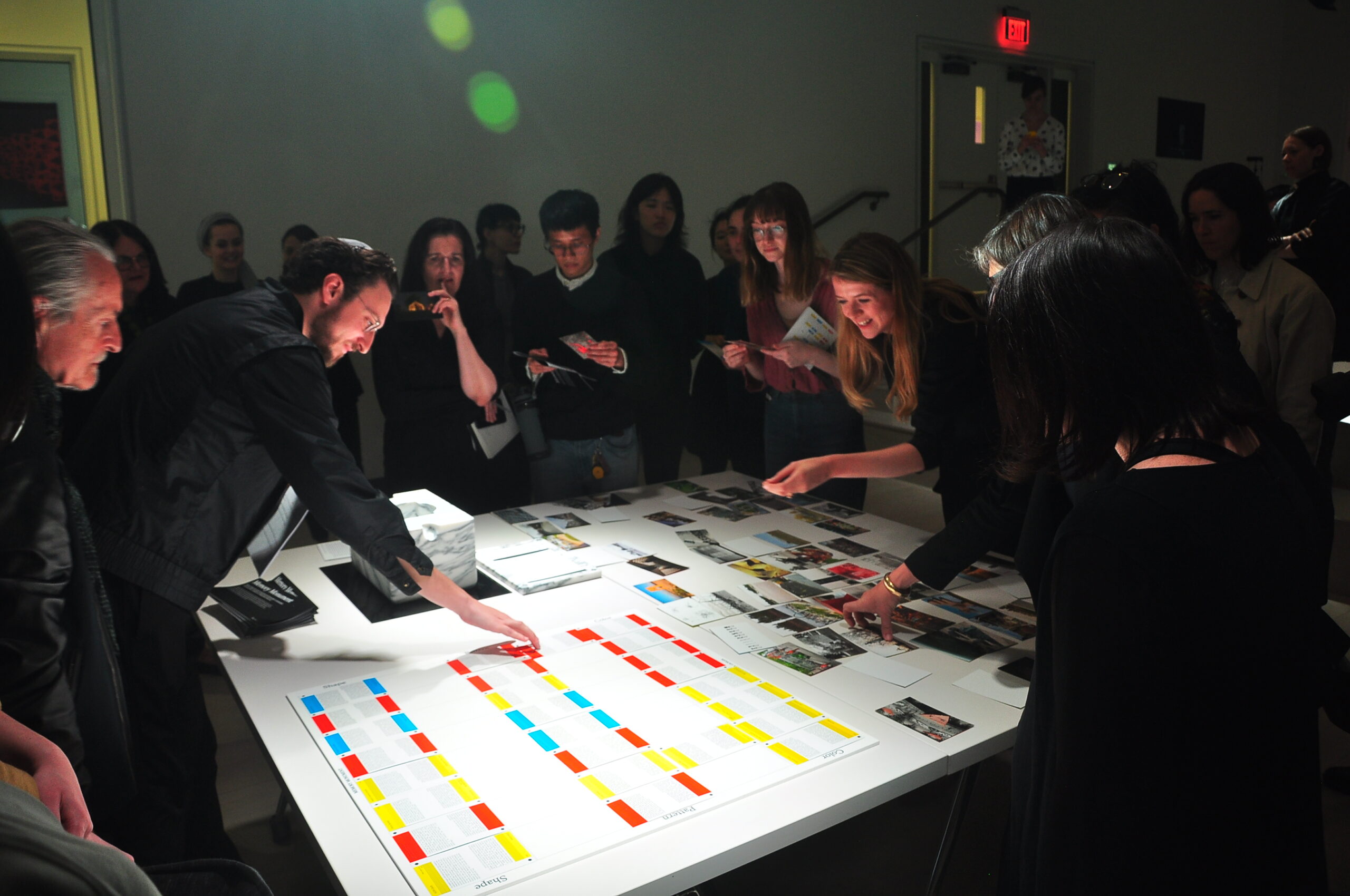Future Memory in the Public Sphere

Eric Moed, Visiting Assistant Professor
Students: Roman Mamus and Alice Kakurina
School of Architecture
“Future Memory” is a curriculum consisting of participatory workshops, activities and projects, as well as publications by Pratt students. The curriculum introduces students and publics to the politics, poetics and possibilities latent in public space. My research at Pratt SOA centers on developing strategies for Radical Storytelling and Equity in Public Representation to inform future memory constructs. The debate centered around what should, and what should not be, in public space must also include stories that have been marginalized and erased.
Future Memory: Interdisciplinary Pedagogical Tools:
Memory Monument: Participatory Workshop
Monuments and Memorials: Contemporary, Radical, Invisible: Self-Guided Audio Tour
Future Memory, Vol. 01: Zine
Memory Monument: Memory Monument is a participatory workshop that puts scores of contemporary monuments and memorials in conversation with each other, using a lexiconic card-based system to introduce language that captures characteristics of new and radical examples of monuments and memorials – such as temporality, typology and theme – ultimately empowering students to propose their own narrative environments in public space – contesting problematic histories and figures and introducing new possibilities for a more equitable public realm. Memory Monument is housed in a solid marble box, milled at the American Sculpture Center.
Monuments and Memorials: Contemporary, Radical, Invisible: Self-Guided Audio Tour:
Lower Manhattan has one of the highest concentrations of monuments and memorials in the world. I worked with several Pratt students on research which reveals New York City’s invisible past; NYC’s contested origin story, obscure fragments of history, hidden reflective spaces & unbuilt memorials. Nine sites of memory challenge participants to think critically about the role monuments and memorials in public space play in defining our past and present, exposing them to strategies to directly advance New York City’s story into the future. This is a self-guided audio walking tour that can be experienced on-demand, at one’s own pace – narrated by designer & educator Eric Moed. This tour was made in partnership with Gesso, an app for geo-tagged storytelling on an urban scale. For More Information visit: https://ohny.org/place/downtown-manhattan-monuments-memorials-contemporary-radical-invisible/
The Future Memory Zine includes a compilation of a year of student research and proposals for remixing and rethinking monuments in the 5 boroughs of NYC – printed on the Risographs at Pratt.
Monuments and memorials, were for centuries, figurative statutes literally raised above the public on platforms and pedestals. They instructed the public to “remember” hegemonic histories, dates, and figures. After the Holocaust, historian James E. Young details how this began to change in a major way. Monuments and memorials were taken off of their pedestals by artists and designers, and transmuted into abstract forms, sometimes plain voids, which the public could engage with by furnishing, forming, and furthering their own memories. This shift promised new ways of engaging with memory in the public sphere, and upended governmental domination of memory for something more democratic. However, this was only the beginning. As more voices are included in public memorialization, further questions as to whose voices are represented and why, become more pressing.
Much of the scholarship on monuments and memorials in this new era is organized by geography and subject of memorialization. Monuments and memorials are often siloed into studies of the event or community that they are associated with, and furthermore, neglect events and communities that are not represented. Basically, most scholars view these memory constructs as unique representation strategies and don’t put them in conversation with each other. Those that do, are very much the exception. I created the ‘Future Memory’ curriculum to expand upon the work of these scholars, challenging existing memory-studies conventions, by deliberately putting monuments and memorials in conversation with each other across geographies, across events and across communities.
Further, the conversation about public commemoration should involve the public. However, due to the lack of a shared monument and memorial nomenclature the public is not equipped to speak about them. ‘Memory Monument’ and the suite of pedagogical tools in the ‘Future Memory’ curriculum, invites the people who engage with it into the conversation, and gives them the tools to keep that conversation going.

